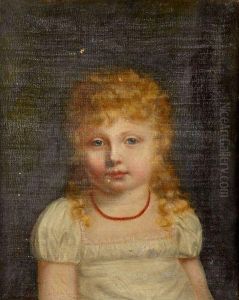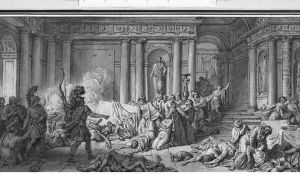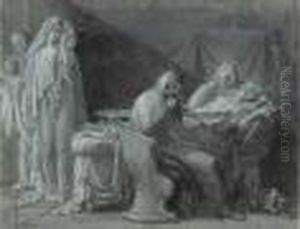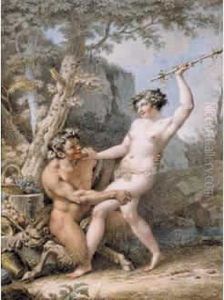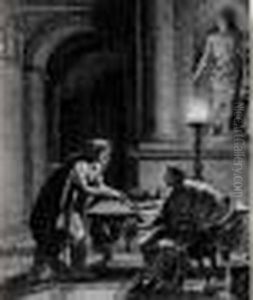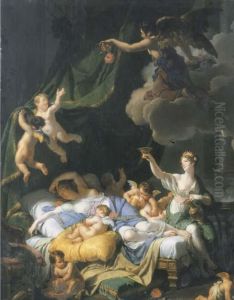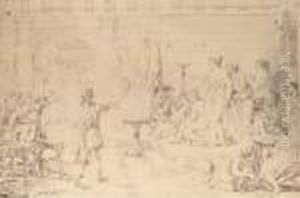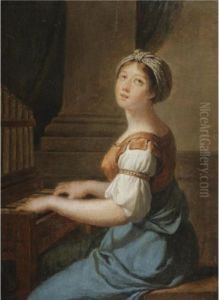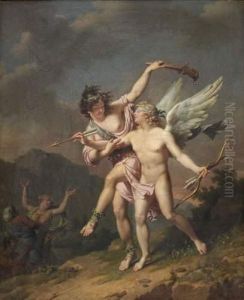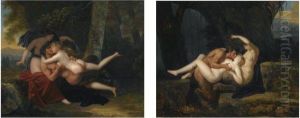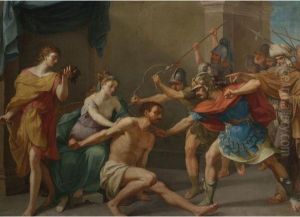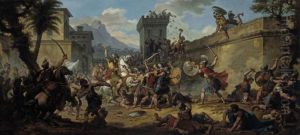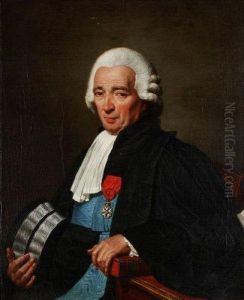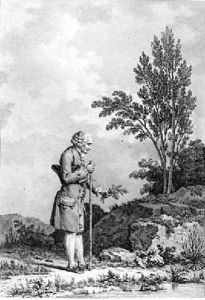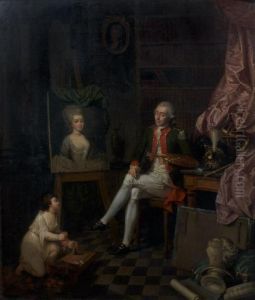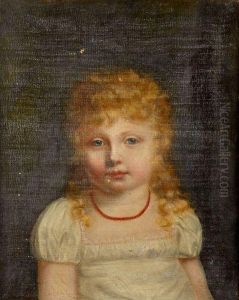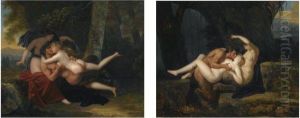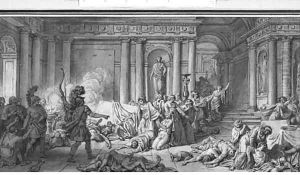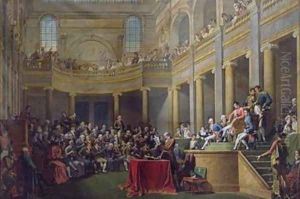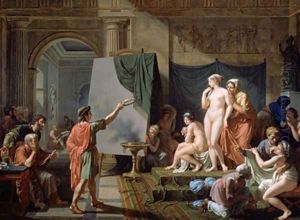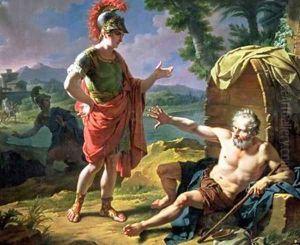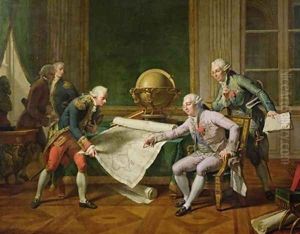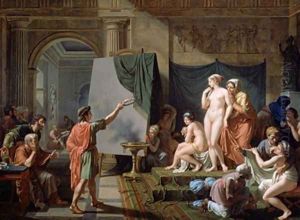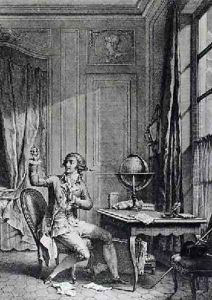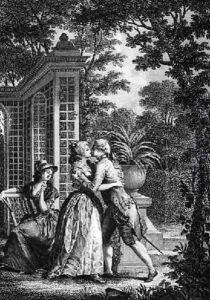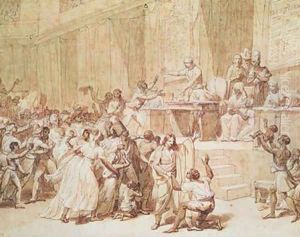Nicolas Andre Monsiau Paintings
Nicolas André Monsiau was a French painter and illustrator who was born on March 17, 1754, in Paris, France. A product of the French classical tradition, Monsiau studied under the history painter Jean-Baptiste Pierre. He gained admission to the Royal Academy of Painting and Sculpture in 1786, and became a member of the Academy in 1795. During his career, he was known for his historical and mythological scenes, as well as for his contributions to the illustration of literary works.
Monsiau's work was in line with the neoclassical movement that was prominent in France during the late 18th century, which was characterized by a return to classical antiquity's simplicity, harmony, and proportion. He participated in the Salon, the official art exhibition of the Académie des Beaux-Arts in Paris, where his works received recognition.
During the tumultuous years of the French Revolution, Monsiau's career was affected like many of his contemporaries. However, he continued to receive commissions, including for the series of works for the 'Musée des Monuments Français' directed by Alexandre Lenoir.
One of his notable works is 'The Return of Marcus Sextus' (1799), which is often confused with Pierre-Narcisse Guérin’s painting with a similar theme. Monsiau's painting embodies the emotional tenor of the neoclassical movement, depicting a poignant moment of reunion and loss.
Throughout his life, Monsiau also illustrated several books, including an edition of Virgil's 'Aeneid'. His illustrations were celebrated for their clarity and adherence to the text, embodying the Enlightenment's ideals of rationality and education.
Monsiau died on May 20, 1837, in Paris. Although not as widely remembered today as some of his contemporaries like Jacques-Louis David or Jean-Auguste-Dominique Ingres, his work remains an important part of the neoclassical canon and provides valuable insight into the artistic trends and cultural climate of his time.
